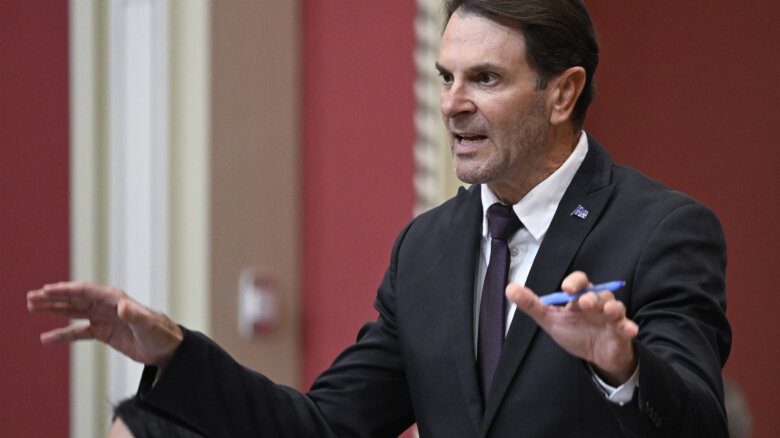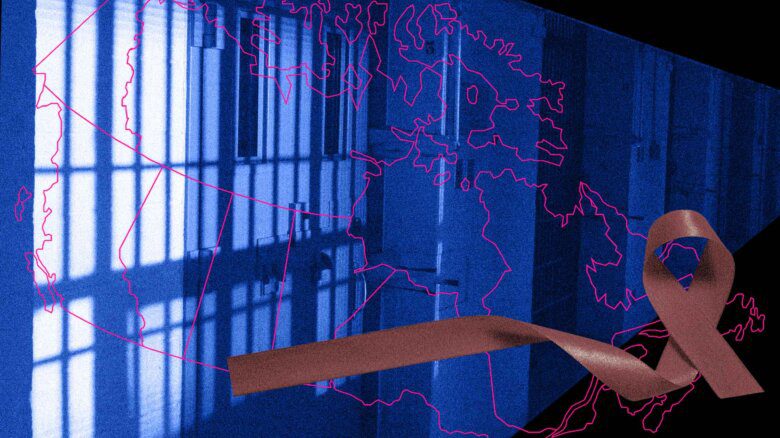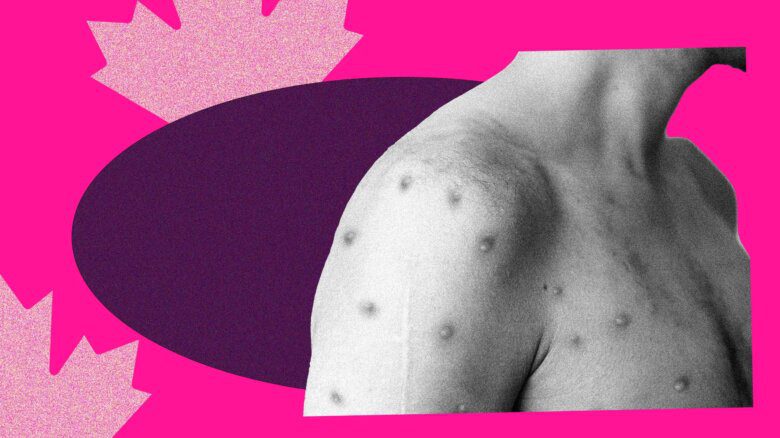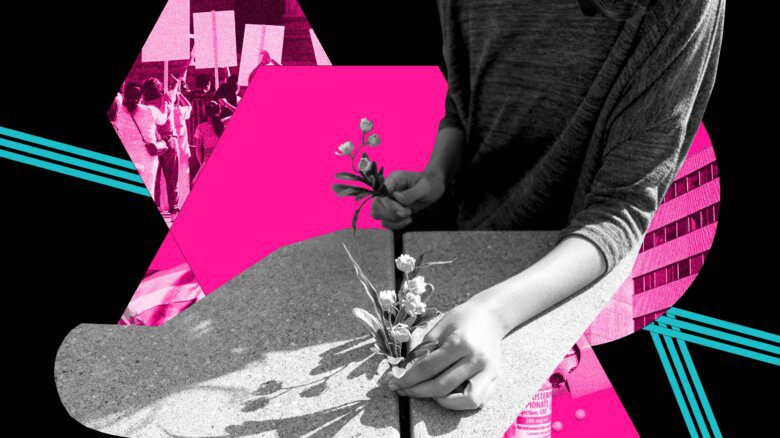In advance of World AIDS Day, my long-standing request for an interview with the federal health minister was finally granted, as his team was suddenly keen to talk about the funding and support they are giving to HIV/AIDS organizations in Canada. Community groups have been raising the alarm for several years about millions of dollars in promised money not flowing.
Throughout the interview, I found Jean-Yves Duclos to be both acutely aware of the problems, but also somewhat Sphinx-like in his answers, never really giving a full reply. It could be that he’s playing his cards close to his chest and that the government is planning a funding announcement for World AIDS Day, which would be the way they tend to operate, but it could also be this government’s particular way of avoiding making too many concrete promises while still sounding supportive.
Duclos was a very respected Quebec economist before making the leap to federal politics in 2015, and I asked him what he brings from that background to the federal health role.
“Economists have this reputation of being focused only on data or facts, and it’s true that economists tend to look at proportions, numbers, epidemiology, because it’s all about numbers, but it’s really about people,” Duclos says. “I bring these data skills, which I use to try to understand how we can help people, including workers in the health sector. Many economists, and I’m one of them, have a social goal—they know that economics is one way to help people prosper in life, and that includes who they want to be and who they can be.”
This includes the social determinants of health, Duclos says.
HIV service organizations, such as the Canadian AIDS Society, say that $123 million has been promised, but not delivered by the federal government since 2008. Duclos says that he hears the complaints, and that he has very recently met with stakeholders from the community.
“It’s difficult what they do,” Duclos says. “Community-based organizations have a very hard job. I have a lot in my riding [Quebec City]—my riding is one of the poorest ridings in Canada, and that comes with not only income poverty, but also with bad outcomes in terms of exclusion, vulnerability, and marginalization. I feel that. That’s why we have increased the funding over time, but there will always be more to do because our society is suffering.”
In 2019, Health Canada moved to a prevention-only model under the pan-Canadian Sexually Transmitted and Blood-Borne Infection (STBBI) framework, which service organizations say has left gaps in supporting people who are HIV-positive that they are having a hard time filling. I asked whether this is something that the federal government is able to re-engage in.
“Prevention, yes, but that also comes with the social determinants of health,” Duclos says, listing things like housing, nutrition and access to social services and healthcare. “But when someone needs help, that person needs equal access to help, but unfortunately, when you talk about Indigenous communities, racialized groups, new immigrants, women and certainly the LGBTQ2S+ community, there is a sense and a reality of a lot of stigmatization, discrimination and a lack of safe access to healthcare.”
Duclos noted the $17.9 million that he announced in Montreal at the International AIDS Conference for access to HIV self-tests.
“It’s going to be particularly useful in some communities—rural and remote communities, Indigenous communities—but what happens when people test positive?” Duclos asks. “That can’t be the end of the story, and these people need help. There is a concern now that yes, greater diagnostics, but also greater access to treatment that people deserve.”
Duclos says that one problem is that health workers, no matter how well intentioned, don’t always work together, and that test results aren’t necessarily shared with other members of one’s healthcare team, whether it’s to a family physician or social service providers.
“There are a lot of people falling into gaps because of our system not being fair to everyone,” Duclos says.
I note that certain provinces, like Saskatcehwan, are failing to fund their own programs, where service providers liken those provinces to a desert when it comes to those supports, and Duclos acknowledges that it’s a good analogy because people can find themselves alone as a result of the gaps and inequalities.
“The vast majority of healthcare services depend on provinces and territories, and there are some that do a better job than others,” Duclos says. “Sometimes because of ideology, where they are more mindful to treat people respectfully and equally, but sometimes because their system is not up to the expectations and needs of people. My role as federal health minister is to be both an ally to my colleague health ministers, but also to help connect them to those communities and Canadians who are hurting, and respectfully pointing to those who need further help from them.”
I ask just what he is able to do as a federal health minister, given that he is having a great deal of difficulty attaching strings or outcomes to federal healthcare dollars? How does he get creative in getting around that intransigence?
“Two ways,” Duclos says. “The first is a direct relationship with provinces and territories, and I have had 12 meetings with them in the last year, and every time, I speak about the gaps, the exclusion and discrimination we find in the system. The second way is working directly with community-based organizations, and we know there will always be more funding needed and that their needs are very significant. By investing those resources directly in support of community-based organizations, we can have a big impact.”
Duclos notes that he is aware that these organizations have challenges around their resources, that their budgets are of limited duration and facing uncertainty of their ability to renew them and their staff are often stressed because they don’t know how long they are able to stay.
“It’s bad, because the workers would like to stay longer, but when they leave, they leave with their experience and their relationships with the communities and the people, so it’s a struggle for community-based organizations, but we know that working with them, like we’re doing in many cases, is a very efficient way of helping people,” he says.
I ask if he is working toward a new funding envelope to start filling those gaps.
“We’re doing two things,” Duclos says. “There was the $17.9 million to self-tests—these are targeted to some needs that are significant and unaddressed. But then also, we want to be mindful and respectful of the diverse realities that community-based organizations face. Having a common approach to all community-based organizations would be counterproductive because they work in different places and have different objectives and priorities, so providing them with the flexibility to do what they believe is most important in their own communities is important in my view.”
Duclos says the demand is so high, and the effects of not supporting those organizations is enormous. If people aren’t cared for where they live, they wind up in the emergency room or in jail, which increases the economic, social and human costs. He adds that the government wants to continue increasing this funding to community-based organizations, but won’t give any specifics when pressed.
“The conversation with provinces and territories is different,” Duclos says. “My colleagues, although they are mindful of prevention and treatment through front-line efforts, they are often overwhelmed by hospital crises and other things that take a lot of their time. I’m not the minister of healthcare—I’m the minister of health.”
Not getting any specific promises around funding, I ask instead about the concern from front-line organizations that Canada is falling behind on its commitment to the 95-95-95 plan (95 percent of people living with HIV knowing their status, 95 percent of people diagnosed with HIV receiving antiretroviral therapy, 95 percent of people on antiretroviral therapy achieving viral suppression) to eliminate HIV in the country. Duclos shares the concern.
“I think we’re at around 90-87-95 now, and not at the 95-95-95 where we need to be in 2025,” Duclos says. “We’ve been delayed by COVID, but it’s not a sufficient excuse, and we need to catch up with what we promised we would do together, especially around the 87, which is treatment. We want to increase access to testing, and we are hoping to do that through the investments we made a few weeks ago, but the 87 percent is quite concerning, because if it’s only 87 percent who have access to treatment once they know they are positive, how do we connect the patients to the system?”
Duclos noted that he did raise the issue of data with the front-line organizations he met with, and that there are gaps where people who test positive are not always able to have that information flow to their healthcare providers who would begin treatment.
“We need to make more progress if we want to meet our 2025 target,” Duclos says. “We can’t take it for granted, and it’s a continuing set of actions.
I asked about the utility of their promised national pharmacare system when it comes to treatment, and where the negotiations with provinces stood on that front, as currently only Prince Edward Island has signed on to a national pharmacare plan.
Duclos responded that they have taken the steps of establishing the Canadian Drug Agency Transition Office to work with the provinces and territories, and that they have invested in improving access to rare-disease treatments to make them more consistent around the country, but there were no other significant steps to announce.
With our time together running out, I did ask whether Health Canada was continuing with research funds around blood donation bans, and whether those funds are continuing to flow now that the bulk of the restrictions have been lifted, though several still remain. Duclos acknowledges that what has been announced so far is not enough.
“Science keeps evolving, and scientists need to do more,” Duclos says. “Part of the funding is to direct support to Canadian Blood Services, which is about $5 million per year, which is granted for them to push more on the research and science side, so that while we maintain the integrity of the system, we also take advantage of further progress in science so that those restrictions can be as small as possible.”
In either case, Duclos does acknowledge that they have a lot more work to do when it comes to funding HIV service organizations, but we’ll see just what they’re going to do about it.
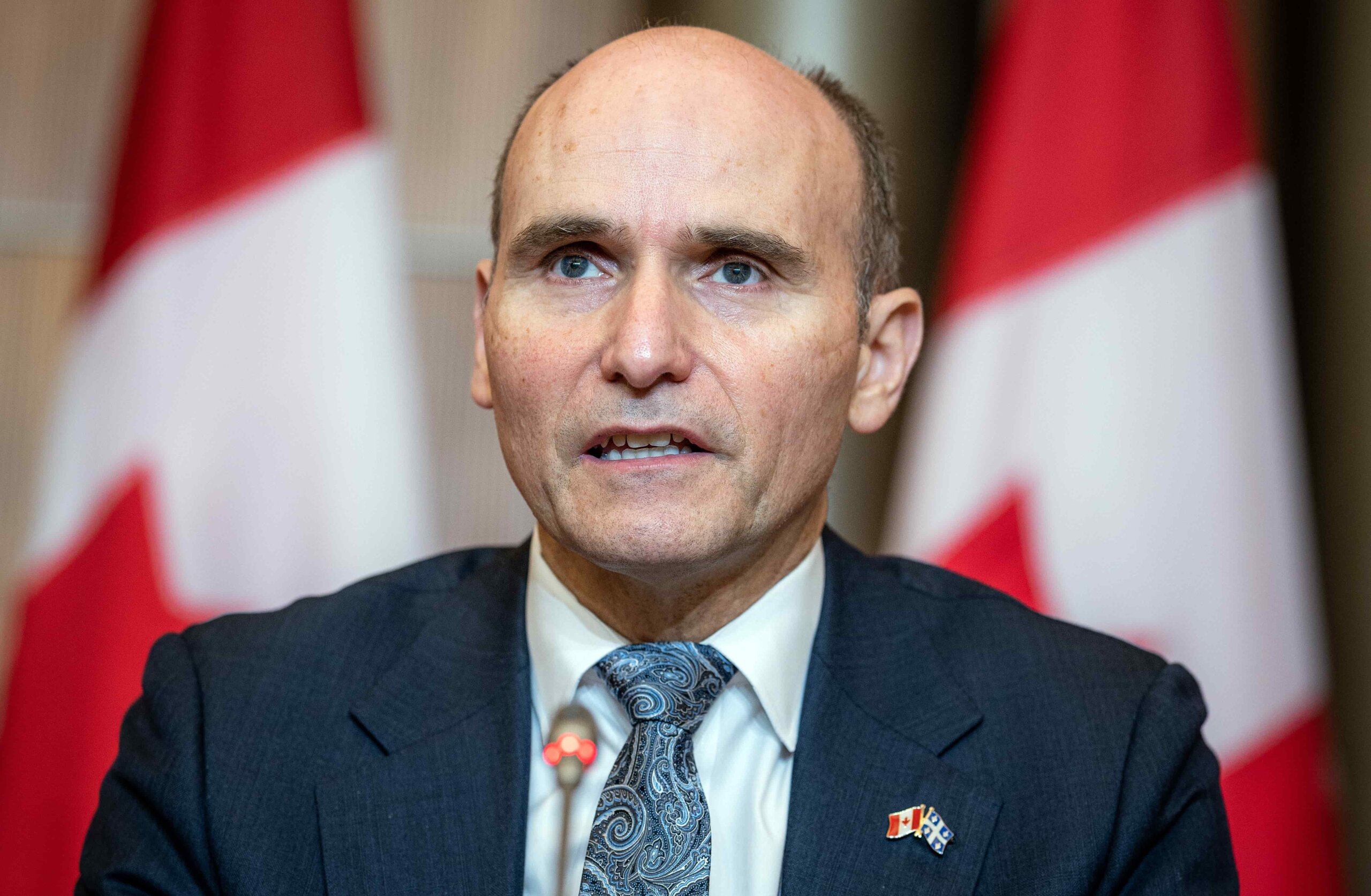

 Why you can trust Xtra
Why you can trust Xtra